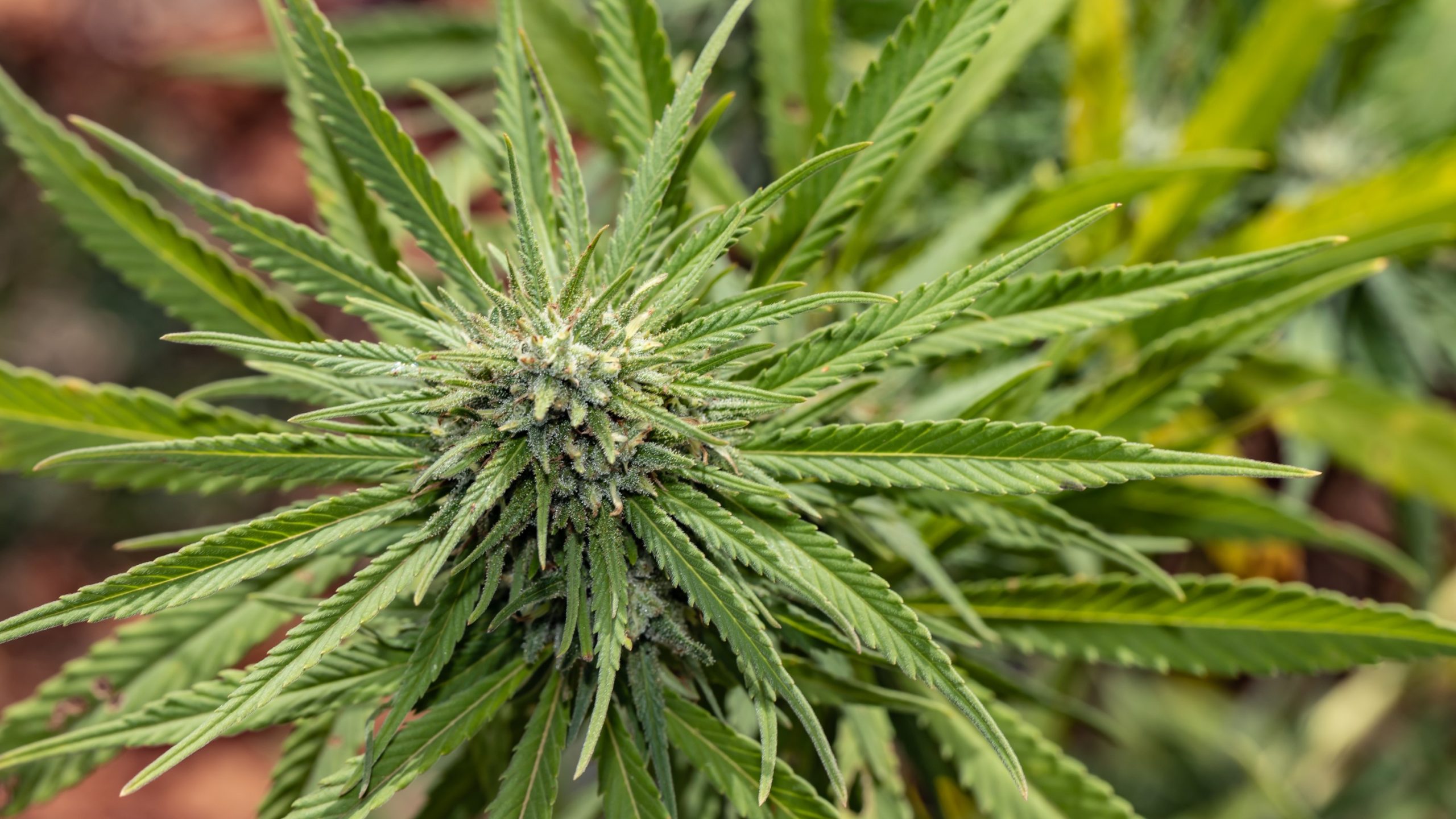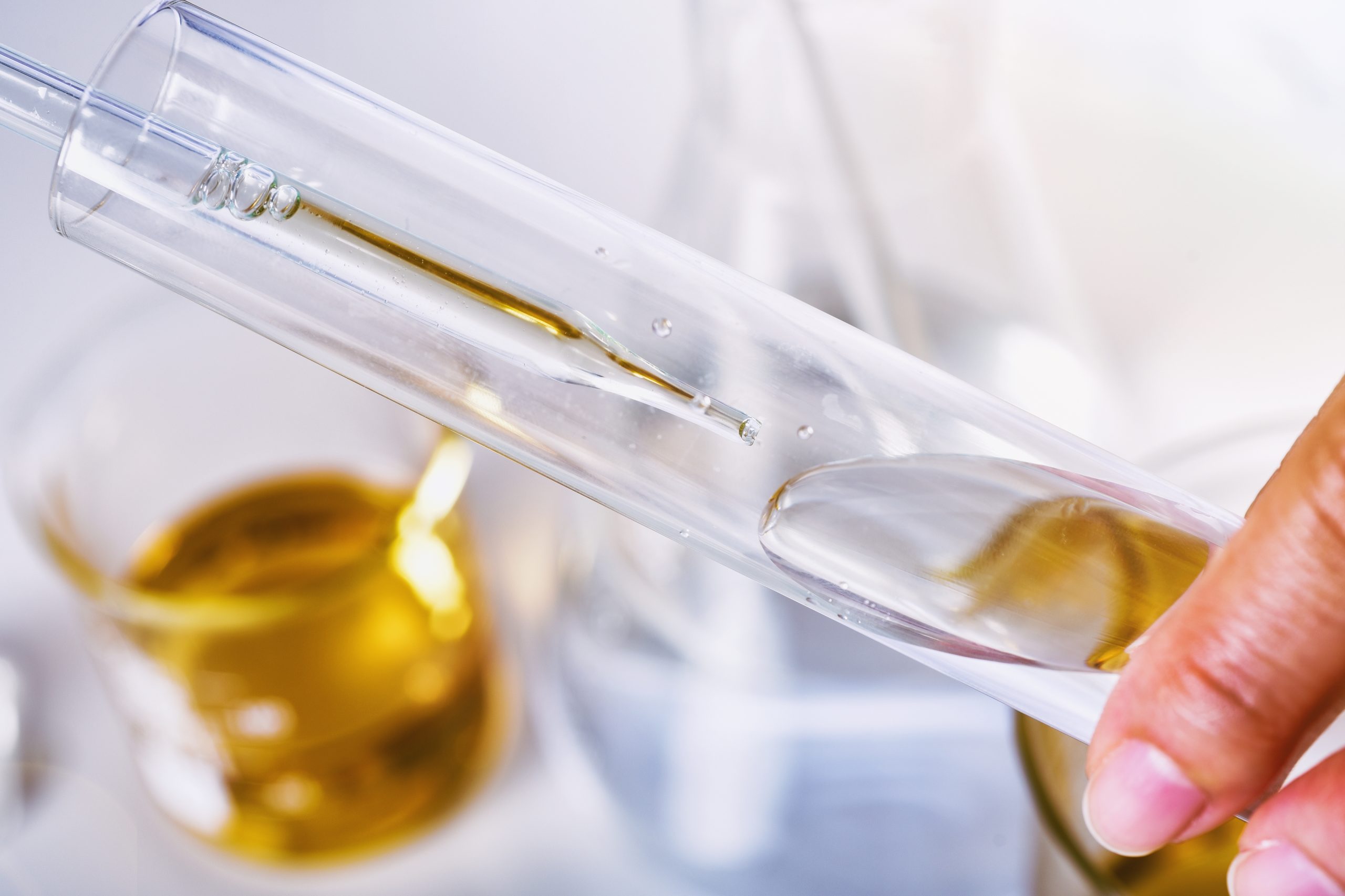
Phytocannabinoids
Understanding the Cannabis Plant and its Components
More than 500 known chemical compounds are
present in cannabis, over 100 of which are classified as phytocannabinoids.
They interact with the endocannabinoid system of the human brain, producing different effects.
Products based on medical
cannabis are composed of two
main phytocannabinoids, THC
(∆9-tetrahydrocannabinol)
and CBD (cannabidiol), having
different indications according
to the ratio of these
compounds.
In addition to cannabinoids, other secondary metabolites of cannabis, such as terpenes, alkaloids, flavonoids, and phenolics, have shown to have therapeutic properties either by themselves or in synergy with cannabinoids, interacting with the endocannabinoid system in the body.1,2
Phytocannabinoids
CBD
Cannabidiol, commonly known as CBD, is the second most prevalent component of Cannabis sativa. Throughout the years, this specific component has been explored for its many therapeutic effects3-5
Anti-inflammation
Epilepsy Control
Neuropsychological disorders symptomatic relief
Anxiety | Schizophrenia | Psychosis*
Anti-arthritis
*THC-induced psychosis, showing the potential of combining CBD and THC to reduce the psychoactive effects of THC.


Phytocannabinoids
THC
Being the most abundant phytocannabinoid, THC is largely known as the psychoactive component of Cannabis sativa, frequently associated with the ‘high’-like side effect.
However, it is important to note that THC has very important medical qualities, and it can be used in the treatment of conditions such as5:
Nausea and vomiting
Chronic pain
Muscle spasticity in Multiple Sclerosis (MS)
Appetite loss
Neuropsychological Disorders
Anxiety | Depression
1. Ferber SG, et al. Curr Neuropharmacol. 2020; 18(2): 87–96. 2. Baron EP. Headache. 2018;58(7):1139-1186. 3. Crippa JA, et al. Front Immunol. 2018;9:2009. 4. Prohibition Partners (2020) – The European Cannabis Report: 5th Edition. 5. Shahbazi F, et al. iScience. 2020;23(7):101301.
